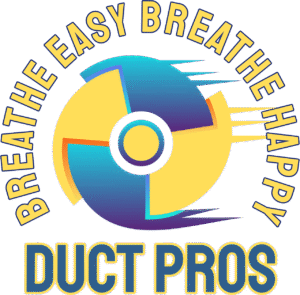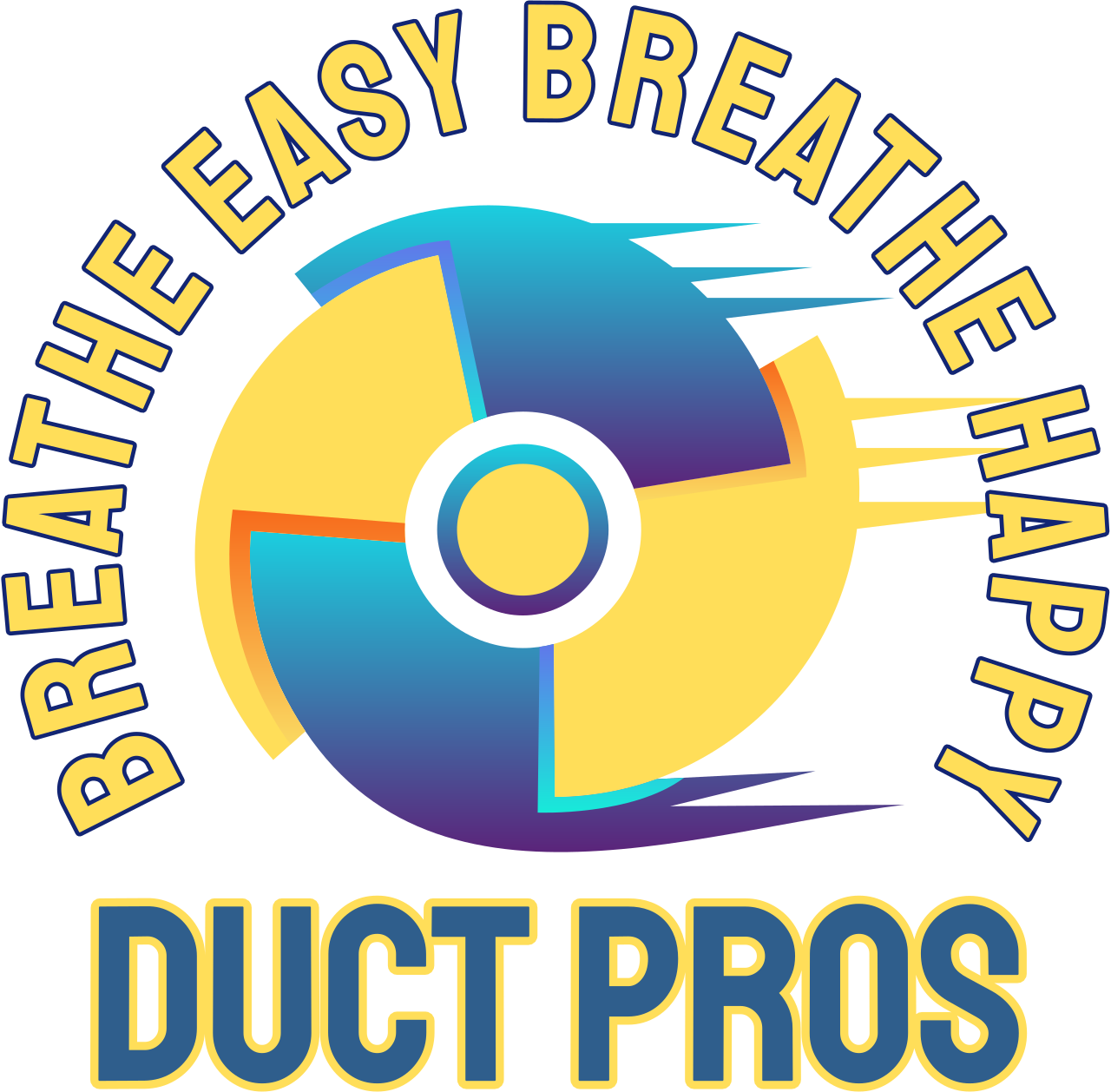Why Clean Air Ducts Matter for a Healthy Home
Most homeowners prioritize regular cleaning by vacuuming floors, dusting surfaces, and wiping down furniture. But there’s one critical area often overlooked—your air ducts. Clean indoor air is essential for maintaining a healthy home environment, and the condition of your air ducts plays a major role in that.
Air ducts are a key component of your HVAC system, distributing heated or cooled air to every room. Over time, they can accumulate dust, pet dander, mold, pollen, and other airborne contaminants. Dirty ductwork can compromise indoor air quality and potentially contribute to respiratory issues like allergies or asthma.
Maintaining clean air ducts supports both your family’s health and the efficiency of your HVAC system. In this article, we’ll discuss how air ducts become dirty, the health risks involved, and the benefits of keeping them clean.
How Air Ducts Get Dirty
Think of your air ducts as the lungs of your home. Just like lungs need to be clear for easy breathing, ducts need to remain free from debris for efficient air flow. Over time, air ducts collect debris from daily living—dust, pet hair, airborne particles, and occasionally mold spores. These contaminants are drawn in through return vents, then pushed throughout your HVAC system and into the air you breathe.
Common sources of duct contamination include:
- Dust accumulation from daily activities
- Pet hair and dander
- Mold growth from moisture or humidity
- Construction debris from renovations or home projects
- Pollen and outdoor pollutants
When ducts become clogged, your HVAC system must work harder to push air through the vents. This not only drives up energy costs but also reduces airflow and increases wear and tear on the system. Poor air circulation can result in uneven heating and cooling, making some rooms uncomfortable year-round.
More importantly, dirt and debris in the air ducts can negatively impact your health. These contaminants contribute to poor indoor air quality, aggravate allergy symptoms, and may trigger asthma attacks. Dust mites, bacteria, and mold can thrive in a dirty duct system, building up over time and recirculating with each HVAC cycle.
The Benefits of Professional Air Duct Cleaning
Fortunately, there’s a solution. Professional air duct cleaning removes harmful contaminants from inside your ductwork, improving both airflow efficiency and indoor air quality.
Improved Allergy and Asthma Relief
Dust, pollen, pet dander, and mold spores can act as allergens. When these particles circulate through your ductwork, they can inflame asthma symptoms and lead to sneezing, congestion, itchy eyes, and coughing. Routine duct cleaning helps reduce these allergens and improves respiratory health, especially for children, elderly residents, and those with sensitivities.
Learn more about how indoor air purification systems help trap allergens and improve air quality throughout the home.
Better Smelling Home Environment
Musty or stale odors don’t just come from garbage or dirty laundry—they can originate from within your ductwork. Mold growth, pet hair, or rodent droppings lodged in the vents can cause unpleasant smells to circulate. Cleaning your ducts can help eliminate lingering odors and leave your home smelling fresh and clean.
Enhanced Comfort and Airflow
Clean ducts allow air to move freely from your HVAC system to each room, helping to maintain consistent temperatures across your home. Improved efficiency means your HVAC system doesn’t have to work as hard, reducing the risk of breakdowns and lowering your utility bills.
You can also enhance airflow and customize ventilation by installing replacement vent covers, which help manage air direction and distribution.
Less Dusting and Cleaning
If you find yourself dusting more often than usual, your duct system may be to blame. Debris in dirty air ducts can be blown out through vents, settling on furniture, floors, and electronics. Cleaning your vents helps reduce dust buildup, making it easier to keep your home tidy.
Sanitized and Healthier Air
In addition to standard cleaning, many homeowners opt for air duct sanitization to eliminate bacteria, mold, viruses, and mildew spores. This added layer of protection can be especially helpful after illness in the home, construction work, or pest infestations.
How Often Should You Clean Your Air Ducts?
The National Air Duct Cleaners Association (NADCA) recommends having your air ducts inspected and cleaned every 3 to 5 years. However, you may need more frequent service if you notice:
- Visible dust around vent covers
- Unexplained allergy symptoms or illness
- Mold growth inside ducts
- Rodent or insect infestations
- Recent home construction or remodeling
Regular maintenance and cleaning services can help prevent buildup before it becomes problematic.
Dryer Ducts Matter Too
Don’t forget about your dryer vent system. Over time, lint and debris can clog your dryer vent, posing a serious fire hazard and reducing the efficiency of your machine. Dryer vent cleaning helps protect your home from fire, lowers energy usage, and extends the life of your appliance.
If your dryer is taking longer to dry clothes or the vent pipe appears damaged, consider a dryer flex hose replacement to improve airflow and reduce risks related to overheating or blockage.
Conclusion
A clean ventilation system isn’t just about comfort—it’s essential for maintaining a healthy home. From removing allergens and odors to improving HVAC performance, routine duct cleaning offers many long-term benefits for your home and your family’s well-being.
While there are a few maintenance tasks homeowners can do themselves, professional services ensure a deeper clean and better results—especially when dealing with mold, pests, or excessive buildup. The team at Duct Pros is experienced in helping families breathe easier with comprehensive duct and dryer vent solutions.
If you’re unsure about the condition of your air ducts, reach out today for an inspection or quote. Contact Duct Pros to schedule your service and take a step toward cleaner, healthier air in your home.
Want updates, maintenance tips, and before-and-after photos? Follow us on Facebook to stay connected.

